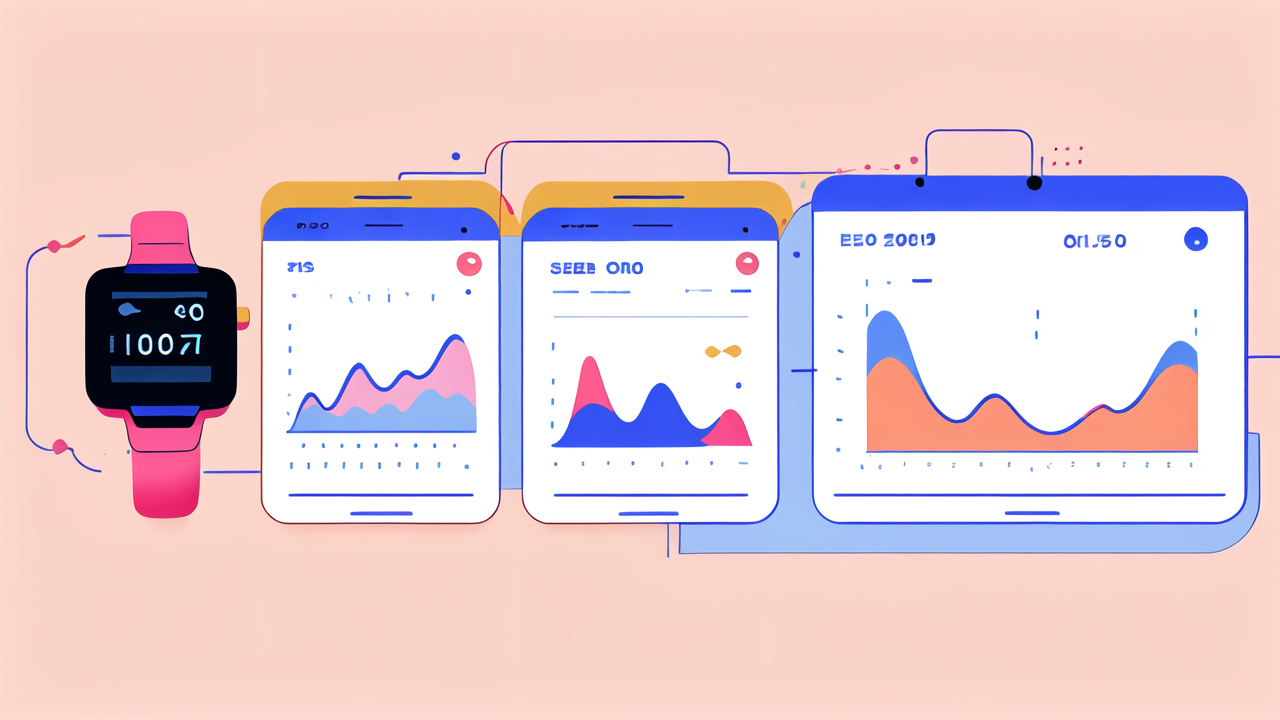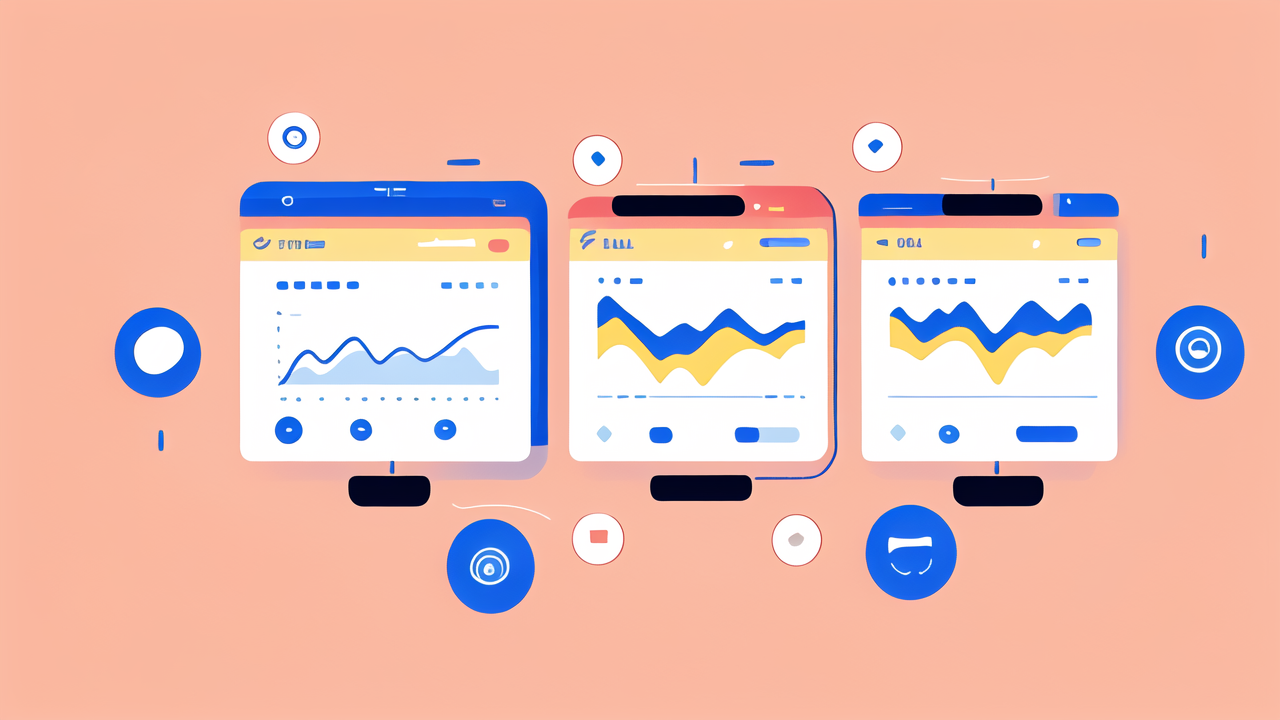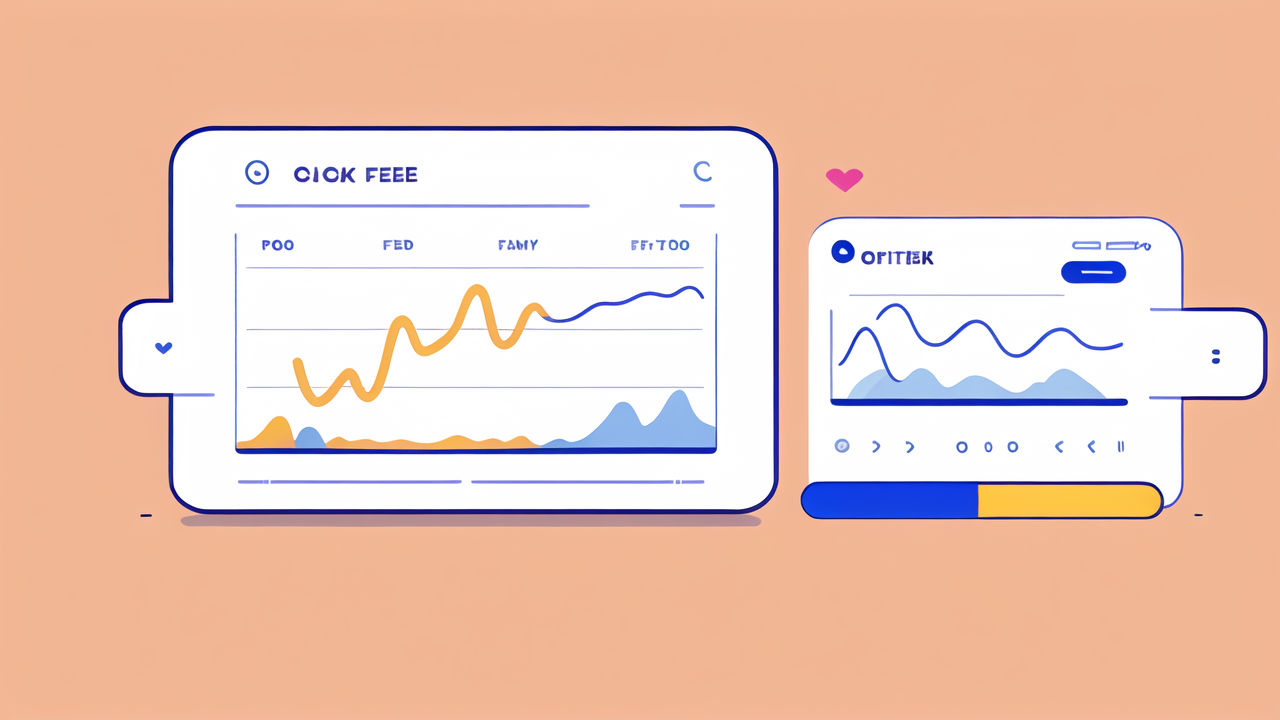The Evolution of Health Tracking in the Digital Age
Understanding the Current Landscape
Wearable tech has transformed health tracking in the US. These devices now monitor vital signs, activity, and sleep. Many Americans use smartwatches and fitness bands daily. They track steps, heart rate, and calories burned. Some devices even measure blood oxygen and ECG.

The market for health wearables is growing fast. It offers real-time data to users and doctors. This data helps in early detection of health issues. It also motivates people to stay active and healthy. The current landscape is dynamic, with new features added often.
Historical Milestones in Health Monitoring Technologies
Health tracking has come a long way. It started with simple pedometers in the 1960s. These counted steps and estimated distance walked. In the 1980s, heart rate monitors became popular among athletes. The first wearable fitness tracker came out in 2006.
Fitbit launched its first clip-on device in 2009. It tracked steps, calories, and sleep. Apple introduced the Apple Watch in 2015. It combined fitness tracking with smartwatch features. Since then, we've seen constant innovation. Devices now offer more sensors and better accuracy.
The Role of Mobile Applications and IoT
Mobile apps play a crucial role in health tracking. They sync with wearables to display and analyze data. Users can set goals, track progress, and share results. Many apps offer insights and personalized advice. They also connect to other health services and devices.
The Internet of Things (IoT) has expanded health tracking possibilities. Smart scales sync weight data to phones. Connected blood pressure monitors send readings to doctors. Some devices even track air quality or UV exposure. This network of devices creates a complete health picture.
Key Players and Innovators in Health Tracking Technologies
Leading Companies and Their Offerings
Apple leads the smartwatch market with its Apple Watch. It offers advanced health features like ECG and fall detection. Fitbit, now owned by Google, focuses on fitness tracking. Their devices range from basic bands to advanced smartwatches. Garmin is popular among athletes for its sports-focused devices.

Samsung offers health tracking in its Galaxy Watch line. They compete with Apple in the smartwatch space. Whoop provides a subscription-based model for recovery tracking. Their device is popular among pro athletes. Each company has its strengths and target audience.
Startups and Up-and-Comers Shaping the Market
Startups are driving innovation in health tracking. Oura Ring offers sleep tracking in a ring form factor. Levels focuses on continuous glucose monitoring for non-diabetics. Withings creates stylish watches with health features. These companies often focus on niche areas or new form factors.
Some startups use AI to provide deeper insights. They analyze data from multiple sources. This helps users understand their health trends better. Other companies explore new sensors and tracking methods. The goal is to make health tracking more comprehensive and user-friendly.
Academic Institutions and Research Innovations
Universities play a key role in advancing health tracking tech. They research new sensors and algorithms. Stanford University works on using wearables to detect infections early. MIT has developed a sweat-based glucose monitor. These innovations may become commercial products in the future.
Research also focuses on improving data accuracy and interpretation. This includes better heart rate variability analysis. It also covers stress level estimation from multiple data points. Academic work often leads to new features in consumer devices. It pushes the boundaries of what's possible in health tracking.
Implementing Health Tracking Solutions in the United States
Challenges and Considerations for Healthcare Providers
Healthcare providers face several challenges with health tracking tech. Data overload is a major issue. Doctors need systems to manage and interpret large amounts of data. They also need to ensure data accuracy and reliability. Not all consumer devices are medical-grade.

Patient privacy and data security are crucial concerns. Providers must protect sensitive health data. They also need to integrate tracking data with existing medical records. Training staff to use and interpret this data is another challenge. Providers must balance the benefits with the costs and complexities.
Regulatory Compliance and Data Integrity
Health tracking devices must comply with FDA regulations. This is especially true for those making medical claims. The FDA has created guidelines for mobile medical applications. They also oversee the accuracy and safety of wearable medical devices. Companies must navigate these rules carefully.
Data integrity is vital for health tracking to be useful. Devices must be accurate and consistent. They should also be resistant to tampering or data loss. Companies need robust systems to protect user data. They must also ensure data is transmitted and stored securely. These measures build trust with users and healthcare providers.
Success Stories: Transformative Health Tracking Implementations
Many healthcare systems have successfully implemented health tracking. Kaiser Permanente uses patient-generated data in their care plans. This includes data from wearables and home monitoring devices. It helps doctors track patients' health between visits. Patients are more engaged in their health management.
The Veterans Health Administration has a telehealth program. It uses health tracking devices to monitor veterans remotely. This has improved care for rural veterans. It has also reduced hospital readmissions. These success stories show the potential of health tracking in improving care and outcomes.




Leave a comment
This site is protected by hCaptcha and the hCaptcha Privacy Policy and Terms of Service apply.